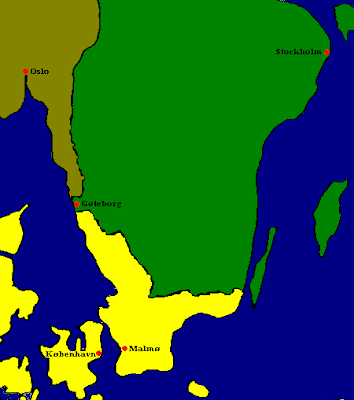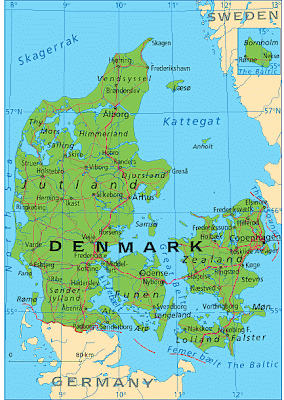Oslo is the capitol of modern Norway, and home to about 800,000 Oslites. It was once a city of vast importance to the Danish/Norwegian alliance against the Swedish empire in the 16th century (yes, it took two empires to stand up against Sweden). As it seems for every old city, in 1624 a fire devastated old Oslo, and the city was rebuilt some kilometers west.

Expansion of the Swedish Empire
As we later found out, Norway isn't about the city life, it is about the nature that surrounds the cities. Whilst Oslo is beautiful in its own respect, the true beauty of Oslo comes into perspective when one ventures outside of the walls.
Oslo was home to the 1952 Winter Olympics, which found their home among the many mountains and slopes of the glacier carved land. No wonder Norway has won more medals than any country for cross-country skiing!
Oslo was the home of famed painter, Edvard Munch. His childhood was spent surrounded by the death of family members, which may attribute to the style of his paintings.
"Sickness, insanity and death were the angels that surrounded my cradle and they have followed me throughout my life." -MunchThe Edvard Munch Museum is home to over 1,100 Munch works (The Scream however is not on display as we found out, because it had been recently stolen and damaged)
As we soon found out, the best of Norway was yet to come... stay tuned for a special feature, "Better Know a Scandinavian Mountain Range."































